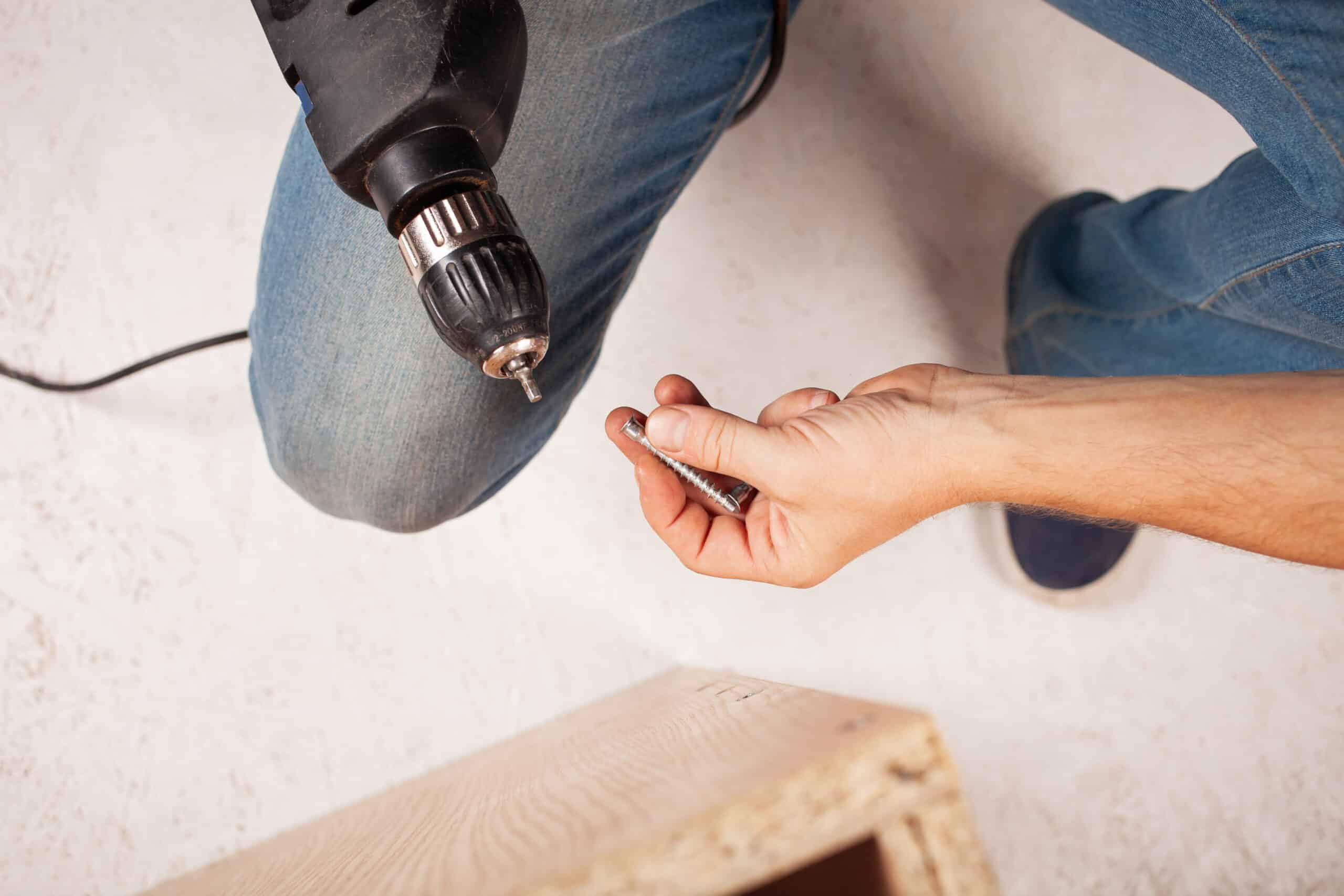Do I Need to Pre-Drill for Wood Screws?
Key Takeaways
- Pre-drilling for wood screws enhances screw grip, prevents wood splitting, and ensures a secure attachment.
- Pre-drilling is necessary when working with hardwoods, dense materials, or near the edge of a board, as these scenarios are more prone to wood splitting.
- Choosing not to pre-drill can lead to weaker connections, potential damage to the material, and increased risk of cracks and splits in the wood.
When it comes to working with wood screws, one common question that often arises is whether pre-drilling is necessary. Pre-drilling involves creating pilot holes before driving the screws into the wood. The purpose of pre-drilling is to enhance screw grip, prevent wood splitting, and ensure a secure attachment. In this article, we will delve into the benefits of pre-drilling for wood screws and explore why it is highly recommended in many scenarios.
The Benefits of Pre-Drilling
Pre-drilling offers several advantages when it comes to working with wood screws:
- Enhanced Screw Grip: Pre-drilling allows the screws to grip the wood tightly without causing damage. By creating a pilot hole, the screw can be inserted smoothly, reducing the risk of the screw slipping or stripping the wood.
- Prevention of Wood Splitting: One of the primary reasons for pre-drilling is to prevent the wood from cracking and splitting when driving in screws. By creating a pilot hole, excess pressure on the wood fibers is minimized, reducing the likelihood of splitting.
- Secure Attachment: Pre-drilling ensures that the screws are driven in straight and at the proper depth. This helps to maintain the structural strength of the wood by cutting into the fibers instead of splitting them. It also ensures accurate screw placement and prevents damage to the material.
These benefits of pre-drilling make it an essential practice when working with wood screws.
When is Pre-Drilling Necessary?
Pre-drilling is recommended in several scenarios:
- Working with hardwoods, dense materials, or near the edge of a board: These situations are more prone to wood splitting, and pre-drilling helps prevent this issue.
- Using larger screws or screws that are close together: Pre-drilling ensures accurate screw placement and prevents damage to the material.
It’s important to note that pre-drilling is not always necessary for every type of wood and screw combination. However, in most cases, it is a good practice to follow, especially when working with hardwoods or in situations where wood splitting is a concern.
The Impact of Not Pre-Drilling
Choosing not to pre-drill for wood screws can have consequences:
Without pre-drilling, the force exerted by the screw can cause the wood to split, leading to a weaker connection and potential damage to the material. The lack of a pilot hole puts excessive pressure on the wood fibers, increasing the risk of cracks and splits.
However, it is worth noting that some fasteners, such as SPAX Engineered Fasteners, are designed to provide strength without the need for pre-drilling in most materials. These specialized screws have self-drilling capabilities, reducing the need for pre-drilling in specific applications.
Conclusion
While pre-drilling may add an extra step to your woodworking process, the benefits far outweigh the additional effort. Pre-drilling ensures enhanced screw grip, prevents wood splitting, and ensures a secure attachment. It is particularly important when working with hardwoods, dense materials, or near the edge of a board. By taking the time to pre-drill, you can achieve better results and avoid potential issues such as wood splitting or damaged materials.
Related Websites:
- Woodworking Advisor – Pre-Drilling Holes for Screws
- MTC Solutions – What are the Benefits of Predrilling?
- Wood is Wood – Ultimate Guide to Pre-Drilling Wood
- SPAX – No Pre-Drilling: Save Time, Reduce Effort, Drive Strength on Your Job
- Shuntool – Do Self-Drilling Screws Work in Wood?
- DIY Stack Exchange – Just Bought First Impact Driver, Do I Still Need to Pre-Drill Holes?
FAQs:
Q: What is pre-drilling and why is it important when using wood screws?
Pre-drilling is the process of creating a pilot hole before inserting a wood screw. It is important because it helps prevent wood splitting and ensures a secure and stable connection. Pre-drilling also reduces the risk of damaging the wood and allows for easier screw insertion and proper alignment.
Q: When should I pre-drill for wood screws?
Pre-drilling is necessary when working with certain types of wood, such as hardwoods, softwoods, and composite materials. It is crucial in situations where there is a higher risk of wood splitting or when a strong and secure connection is required.
Q: What are the benefits of pre-drilling for wood screws?
Pre-drilling offers several benefits. It increases the screw grip, reducing the chance of the screw loosening over time. Pre-drilling also enhances the overall strength and stability of the connection. Additionally, it allows for easier screw insertion and proper alignment, making the installation process more efficient.
Q: How do I pre-drill for wood screws?
To pre-drill for wood screws, you will need a drill, the correct drill bit size, and a depth stop. Start by selecting the appropriate drill bit size for your screw. Attach the drill bit to the drill and set the depth stop to match the length of the screw. Place the drill bit on the marked spot and drill slowly, applying gentle pressure. Once the pilot hole is created, you can proceed with inserting the wood screw.
Q: Are there alternatives to pre-drilling for wood screws?
Yes, there are alternative methods to pre-drilling. Self-drilling screws or pilot holes can be suitable alternatives depending on the situation. Self-drilling screws have a drill bit-like tip that eliminates the need for pre-drilling. Pilot holes involve creating a smaller hole before inserting the screw. When deciding between pre-drilling and alternatives, factors such as the type of wood and desired strength of the connection should be considered.





